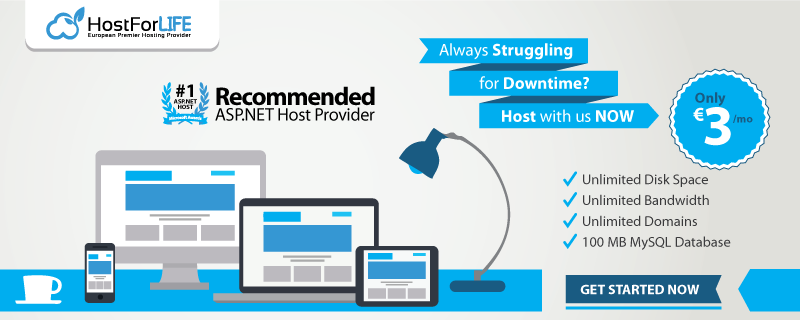At its core, a cybercrime or attack is a breach of personal security and cyber safety. Hackers will gain access to confidential information, such as customers’ names, addresses, social insurance numbers, dates of births, and credit card information. That doesn’t mean a successful attack on your business is inevitable. However, there are some simple, cost-effective and fast-acting things you can do to protect your business from cyber attacks.
8 Tips to Protect Your Business from Cyber Attacks
So, what are the best ways to protect your business from cyber attacks? Here are some tips to help keep your business safe from cyber criminals or ‘theives’:
1. Use Encryption and Backup Services
Encryption and backup services can both help protect your data from unauthorized access. Encryption can help protect your data from being seen by unauthorized individuals, while backup services can help ensure that you have a copy of your data in case of an emergency.
2. Keep your systems and software up-to-date
Operating systems and security software should be updated automatically. These updates fix security flaws and help patch security flaws and vulnerabilities that can be exploited. It’s important that you never disregard update prompts. Firewalls should also be set up, as these act as a “gatekeeper for all incoming and outgoing traffic.” It will also be helpful for companies to turn on spam filters to reduce the amount of spam and phishing emails coming in. These are a common tactic hackers use to infect devices and steal confidential information that businesses receive.
3. Establish a Security Policy
Clearly establish a data security policy with specific provisions for handling and safeguarding sensitive information. This policy should be regularly reviewed and updated to reflect the organization’s current security needs.
Implement effective security measures, such as firewalls, best antivirus software, and password protection, to help protect your data from unauthorized access.
4. Install Software Tools
One way to improve data security is to install software tools that can help protect your data. These tools can include antivirus software, firewalls, and encryption programs.
It is important to choose the right software for your needs and to keep it up-to-date. Regularly Scan Your Computer for Viruses offers a good guideline for how often you should scan your computer for viruses.
5. Use multi-factor authentication
Two-factor or multi-factor authentication offers additional security for your accounts. Most social platforms, email providers, banks, and several other vendors have already adopted this technology. This additional step may seem to be a hassle, but it’s really a safeguard to help keep your account safe. You can download a two-factor authentication app, such as the Google Authenticator app, directly from your app store.
6. Comprehensive monitoring system
You need to keep record of all the equipment and software your business uses. You should remove sensitive information from any device and software that is no longer in use and disconnect these devices from the network. Older and unused equipment or software will unlikely be updated and may serve as a ‘backdoor’ targeted by criminals to attack businesses. Similarly, you should remove access from past employees and those who have changed roles and no longer require access.
DYK: The ‘Man in the Middle’ attack has become increasingly more popular in cybercrime. By not turning off our WiFi or our Bluetooth when we’re not connected to something, we are inviting intruders to take advantage. Attackers replicate a frequency that they think your device will recognize… and your device will connect without you knowing anything about it.
7. Monitor for Cyber Attacks
Cybersecurity is a rapidly evolving field, and organizations must constantly monitor their networks for signs of attack. There are many different ways to do this, including:
Conducting regular scans of your network for threats; Installing and using a firewall; Monitoring traffic flow on your network; Keeping up to date with the latest cybersecurity software and firmware updates.
8. Respond to Threats Quickly and Effectively
The cornerstone of effective data security is swiftly responding to threats. Organizations must have a clear strategy in place for detecting and responding to threats as quickly as possible. There are a few key factors that influence how quickly an organization can respond to a threat:
- The sophistication of the threat
- The amount of data at risk
- The resources available to the organization for detecting and responding to threats
Conclusion
Protecting your business from cyber attacks is serious business. If you are a victim of a cybercrime, it can cost your business thousands of dollars to get your business up and running. OR in worst-case scenarios, it can put you out of business for good, as you won’t be able to recuperate the losses.
In conclusion, there are several things your company can do to protect its data from cyber attacks. Remember, it is important to be proactive in protecting your company’s information and to always stay up-to-date on the latest security threats.
